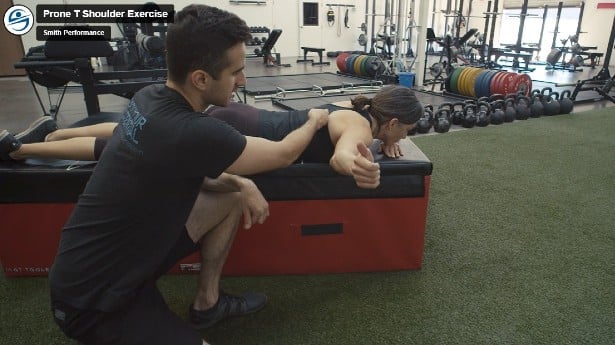
Find related articles and learn more about our process at SPC.

Exercise Technique Setting the Core
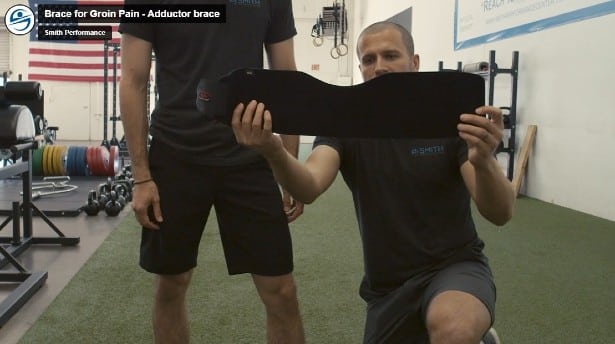
A useful brace to compress and reduce pain in the adductor muscles Bracing, Taping, and Training Aids Home Page Bracing, Taping, and Training Aids Bracing for poor hip control The SERF Strap Bracing for foot and lower limb control The Post Tib Brace Taping for the Foot Modified Low Dye
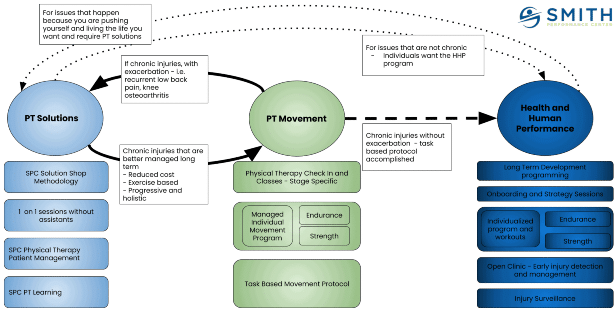
Why should I go to Physical Therapy Solutions at Smith Performance Center for my knee injury instead of another clinic? Physical therapy at Smith Performance Center is not a cookie-cutter, one size fits all type of operation. Depending on what problem you have, the ‘right’ service might be different. Our process, called the SPC Difference, uses physical therapy in 3 distinct services: PT Solutions – One on One Physical Therapy Sessions using SPC Methodology PT Movement – Group Physical Therapy Sessions using Task Based Protocol for recurrent, chronic, or post surgical injuries Health and Human Performance – Long term strength and movement programming your own coach including injury surveillance, early injury detection, and treatment integration Physical Therapy Solutions The first service that typically brings people to Smith Performance is called PT Solutions. The name was modified from an idea in the book Innovator’s Prescription. It may surprise you, but
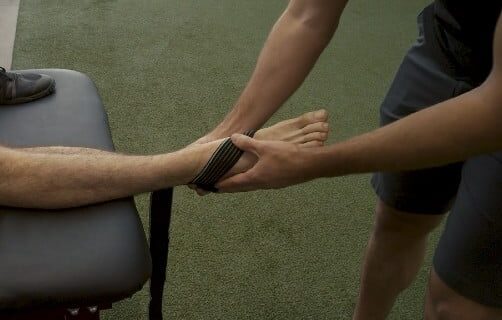
Bracing for poor hip control The SERF Strap Bracing for foot and lower limb control The Post Tib Brace
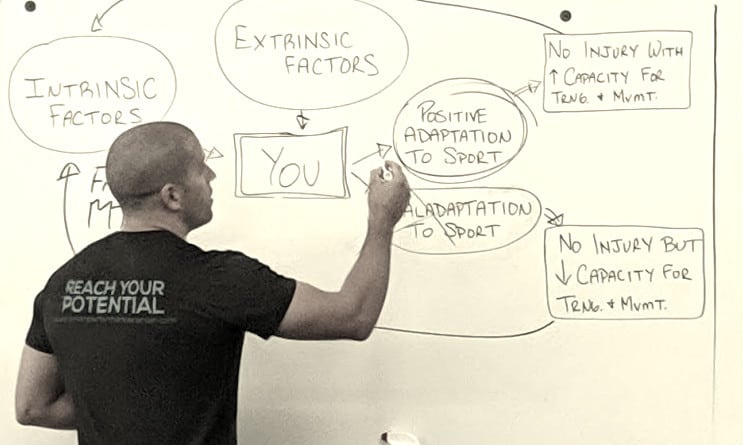
What is a Trigger? We use the term trigger as a catch-all term for the activities and movements during the day that makes symptoms worse. Trigger investigation is critical because they are the bane of feeling better. The term, trigger, is an event that causes something else to happen. You trigger the headache when you look over your shoulder. You trigger back pain when you move from sitting to standing. You trigger the shoulder pain when you reach for the shelf. Sounds simple? Unfortunately, determining all of the triggers to your symptoms is as difficult as it is important. We obsess about triggers and draw boxes and lines going all over! Why do we obsess on trigger management instead of building a huge list of physical therapy exercises? Imagine this scenario. I am hitting a nail into the wall. Instead of hitting the nail, I manage
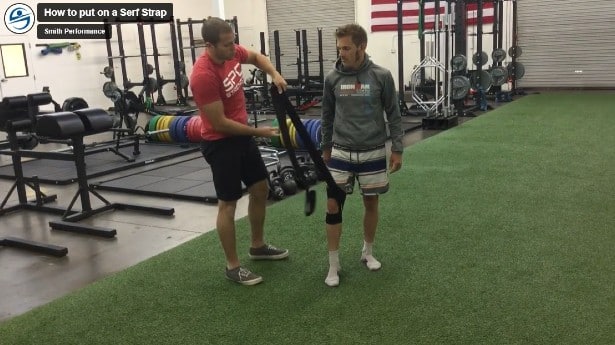
What is the SERF Strap? The SERF Strap is the first patellofemoral brace designed to treat PFP due to poor hip control. Basically, the strap is a really long elastic band that you anchor at the knee (my term is foundation 1), tension over the outside of the thigh, and anchor around the pelvis (foundation 2). When you create these anchor points, the strapped leg will now have support for external rotation at the hip joint. This reduces pelvic drop and knee valgus. You can take someone whose knees hit together and immediately correct this dysfunction. While the marketing material and websites talk just about patellofemoral pain, I use this tool for symptoms in the leg (sometimes the back) during the stance phase of running or walking. This includes injuries like posterior tibialis tendinopathy, adductor longus and gluteus medius injury, and trochanteric bursitis. For athletes, I prescribe it as an
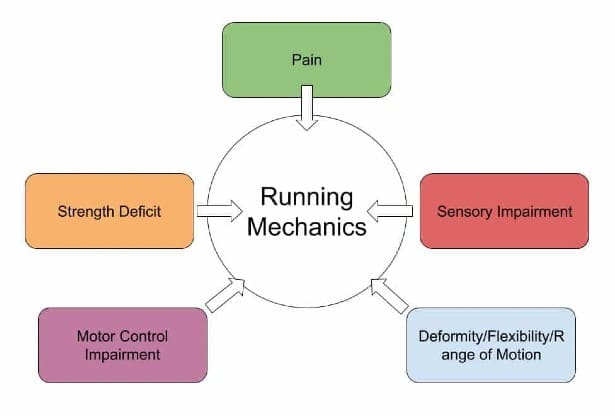
We perform running analyses every day. Viewing your running pattern lets us see you move from one phase of running to the next, from stance to float to swing. There is always something present that would fall out side of what others consider perfect form. Over striding may be present. You may appear to pronate too much. You may be a heel or forefoot striker. We may see that your knees hit together. But we do not start with a running analysis. The insights above may get you back to running. However, the truth is that analyzing running gait is not enough. The how and why someone runs with their current pattern or why they keep having an injury cannot be determined by watching them run without checking out the other 5 contributors. Resolving it is not as simple as a switch to a midfoot or forefoot, which is the
(520)398-4886
(520)398-4775